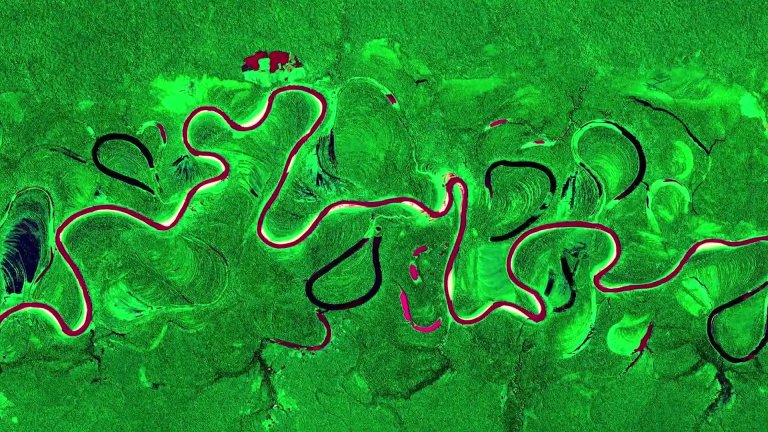
© Universcience, CNRS, IRD, Inrae - 2021
View the mediaScientific news
For the 75th Cannes Film Festival, make your selection from our most recent films!

© Universcience, CNRS, IRD, Inrae - 2021
View the mediaOf course, Cannes is famous for its Croisette, the stars, the endless steps, the parties, the rumours, the luxury, etc. But let's not forget, it is also about the cinema. Films of all genres, with budgets and ambitions as diverse as their directors, but all striving for the same goal: attention.
The jury's attention of course, but also ours, as we now have access to an unprecedented (and sometimes overwhelming) amount of all kinds of video content, just a click away, as well as subscriptions or movie theatres. So obviously you can't see everything, but who would dare to complain? Often, all it takes is a good recommendation, or a shared passion for the natural selection process to direct us towards a hidden gem that remained under our overloaded radar.
We are well aware of this, as we have been trying for so many years to bring you the best possible films on science in all its forms, making reports and documentaries in all four corners of the country and the world, to bring you closer to the scientists who push the limits of knowledge every day. Fortunately, we are not alone!
So, to help you navigate through this huge array of films we are so proud of, we offer you a selection of our latest films most enjoyed by internet users, for this 75th Cannes Film Festival which opened on Tuesday 17 May. So turn off your phone and enjoy the show!
Our work is guided by the way scientists question the world around them and we translate their research into images to help people to understand the world better and to awaken their curiosity and wonderment.